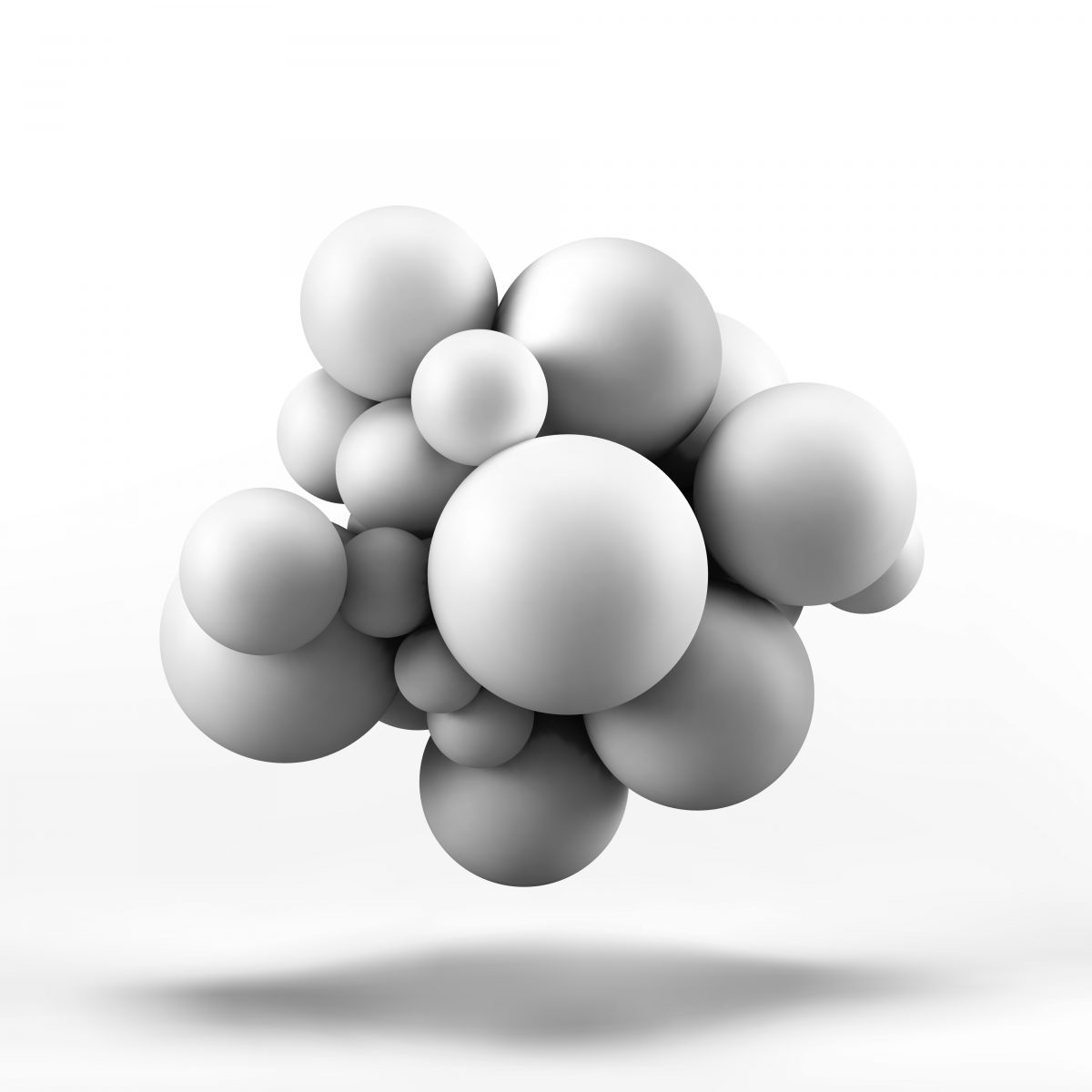Researchers Develop Mini-Brain Like Balls as Simple 3-D Testbeds For Neuroscience Research
Written by |

In a recently published paper in Tissue Engineering Part C: Methods entitled “3D Neural Spheroid Culture: An In Vitro Model for Cortical Studies“, researchers from Brown University reported a method to produce spheres like mini-brains containing central nervous system tissue. These mini-brains have no thinking ability but are relevant as cheap and simple 3-D testbeds for neuroscience research.
The brain is the most complex organ in the body which serves as center of the nervous system that controls many aspects of human’s daily routine like thoughts, memory, movement and, speech. It is composed primarily of two broad classes of cells: i) neurons and, ii) other cells called glial cells that have the role of providing neurons with structural and metabolic support, insulation, and guidance for development. Physiologically, brain function depends on the ability of neurons to transmit/receive electrochemical signals to/from other cells. The latter is controlled by a variety of biochemical and metabolic processes. When the brain is healthy, it works quickly and automatically but when problems rise, this may lead to serious issues like vision loss, memory impairment, weakness and, paralysis. Brain diseases range from mild like headaches to irreversible conditions as those related to neurodegeneration like Alzheimer’s and Parkinson’s diseases. Signs and symptoms of brain illnesses depend on the specific problem. For example, while patients with Parkinson’s suffer mainly from motor related issues, Alzheimer’s patients experience substantial memory loss.
To understand brain related diseases as well as to design and develop appropriate therapies, scientists and clinicians must perform clinical research and validate findings on human patients. Because of the complexity of regulations related to clinical research involving humans, most of preclinical studies are performed using animal models. However, the procedures are generally time consuming and expensive because even tests with rodents have their proper regulations and require approval from animal care units. To overcome these problems and provide a cheap and fast way to perform biomedical neuroscience tests, a team of scientists from Brown University developed balls like mini-brains that could be utilized as testbeds for drug testing, neural tissue transplants, and mechanism studies of brain related diseases. These mini-brains are able to form neural connections and produce electric signals, but they are not able of thinking.
Experimentally, the researchers used a simple method to produce the mini-brains which consist of isolating and concentrating the desired brain cells, and then grow the cells in vitro onto mold of agarose spheres. The results suggested that brain tissue modified mini-spheres start to form within a day and then form complex 3-D neural networks within two to three weeks following culture. Besides, because the spheres are tiny, only small amounts of living tissue taken from rodents were required, and hence small living tissue samples would yield thousands of mini-brains of millimeters in diameter. More importantly, production of these mini-brains is surprisingly inexpensive and costs only about $0.25 per unit.
Currently, development of the technology is undertaken by MicroTissues Inc. (Morgan’s Providence startup company) that produces 3-D tissue engineering molds of mini-brains with several important properties. This includes the possibility of culturing diverse types of cells like neuronal and support glia cells to produce electrically active 3-D tissues networks. In addition, the resulting tissues have densities and mechanical properties similar to those of rodent brain and can survive for at least a month.
The mini-brain concept looks very promising for future neuroscience investigations that will allow 3-D studies of brain related problems, including Parkinson’s disease. Though the mini-brain system is not the most sophisticated working cell culture of a central nervous system, it provides an easy and cheap alternative to perform neuroscience clinical studies that could reduce animal use. “If you are that person in that lab, we think you shouldn’t have to equip yourself with a microelectronics facility, and you shouldn’t have to do embryonic dissections in order to generate an in vitro model of the brain,” said study author Dr. Hoffman-Kim said.





